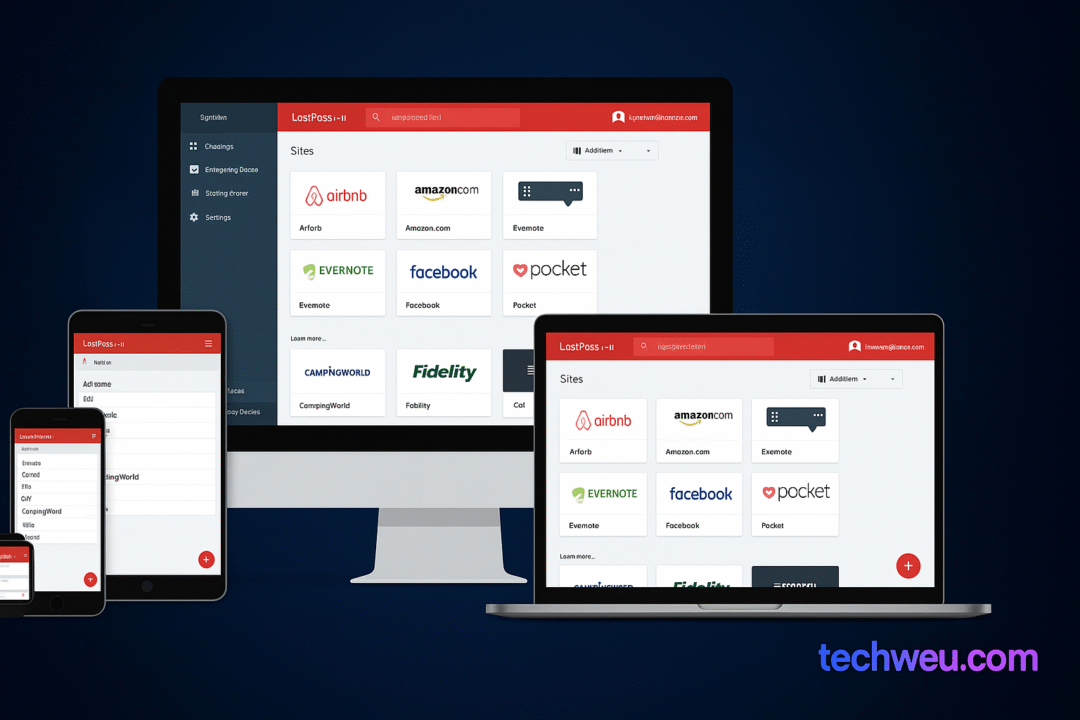Dan Goodin
Attackers are actively exploiting a Home windows zero-working day vulnerability that can execute malicious code on thoroughly up-to-date systems, Microsoft warned on Monday.
The font-parsing remote code-execution vulnerability is getting made use of in “limited focused assaults,” versus Windows 7 techniques, the software package maker said in an advisory revealed on Monday morning. The safety flaw exists in the Adobe Type Manager Library, a Windows DLL file that a extensive wide range of apps use to control and render fonts obtainable from Adobe Techniques. The vulnerability is made up of two code-execution flaws that can be brought on by the incorrect handling of maliciously crafted grasp fonts in the Adobe Kind 1 Postscript format. Attackers can exploit them by convincing a concentrate on to open a booby-trapped doc or viewing it in the Windows preview pane.
“Microsoft is aware of confined, qualified assaults that endeavor to leverage this vulnerability,” Monday’s advisory warned. Elsewhere the advisory said: “For devices jogging supported variations of Home windows 10 a profitable assault could only outcome in code execution within an AppContainer sandbox context with minimal privileges and abilities.”
Microsoft didn’t say if the exploits are correctly executing malicious payloads or just attempting it. Routinely, protection defenses created into Home windows reduce exploits from doing the job as hackers meant. The advisory also created no reference to the volume or geographic locations of exploits. A resolve is not but out there, and Monday’s advisory presented no sign when a person would ship.
What to do now?
Right up until a patch will become obtainable, Microsoft is suggesting consumers of non-Home windows 10 programs use 1 or much more of the pursuing workarounds:
- Disabling the Preview Pane and Aspects Pane in Home windows Explorer
- Disabling the WebClient assistance
- Rename ATMFD.DLL (on Windows 10 devices that have a file by that identify), or alternatively, disable the file from the registry
The initially measure will protect against Home windows Explorer, a software that offers a graphical consumer interface for exhibiting and controlling Windows resources, from immediately exhibiting Open Form Fonts. While this stopgap resolve will prevent some forms of assaults, it will not stop a area, authenticated person from jogging a specially crafted method to exploit the vulnerability.
The next workaround—disabling the WebClient service—blocks the vector attackers would most probably use to wage remote exploits. Even with this evaluate in put, it is still attainable for distant attackers to run plans located on the focused user’s pc or local network. Even now, the workaround will cause users to be prompted for affirmation ahead of opening arbitrary programs from the World wide web.
Microsoft explained that disabling the WebClient will stop Website Distributed Authoring and Versioning from currently being transmitted. It also stops any companies that explicity rely on the WebClient from starting up and logs error messages in the Process log.
Renaming ATMFD.DLL, the last suggested stopgap, will bring about exhibit complications for apps that depend on embedded fonts and could trigger some apps to quit operating if they use OpenType fonts. Microsoft also cautioned that faults in generating registry variations to Windows—as necessary in one variation of the 3rd workaround—can lead to really serious issues that may possibly call for Home windows to be totally reinstalled. The DLL file is no extended present in Windows 10 variation 1709 and higher.
Monday’s advisory provides in depth directions for both equally turning on and turning off all 3 workarounds. Enhanced Safety Configuration, which is on by default on Home windows Servers, doesn’t mitigate the vulnerability, the advisory extra.
Specific… for now
The phrase “limited qualified attacks” is regularly shorthand for exploits carried out by hackers carrying out espionage functions on behalf of governments. These varieties of attacks are generally restricted to a modest number of targets—in some circumstances, much less than a dozen—who do the job in a certain ecosystem which is of desire to the federal government sponsoring the hackers.
Although Home windows end users at significant may well not be specific to begin with, new strategies often sweep much larger and bigger quantities of targets once recognition of the fundamental vulnerabilities gets a lot more widespread. At a minimal, all Home windows people need to keep an eye on this advisory, be on the lookout for suspicious requests to view untrusted files, and put in a patch once it gets obtainable. Windows consumers may possibly also want to observe a person or extra of the workarounds but only after contemplating the opportunity risks and rewards of performing so.




